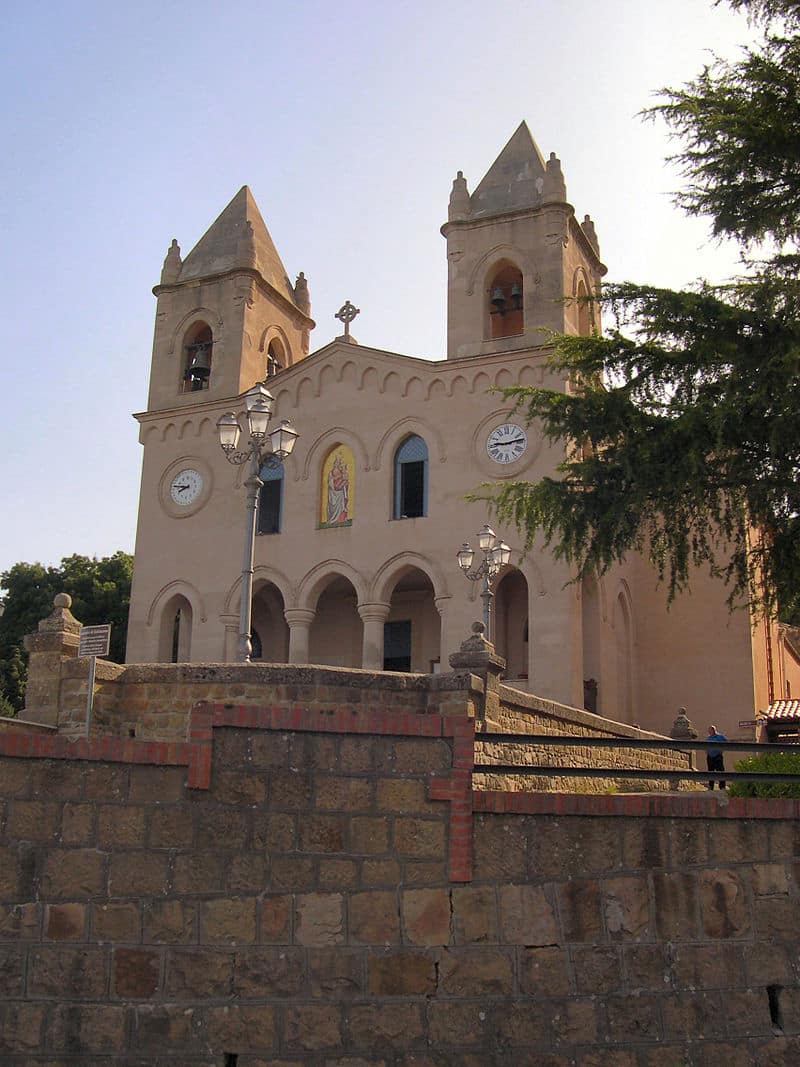Although there is still no certain information about the foundation of the Shrine of Gibilmanna, dedicated to the Blessed Virgin, patroness of Cefalù, the shrine is a major attraction in the Cefalù area and one of the best-known destinations in the province of Palermo.
How to get to the shrine of Gibilmanna
The shrine is located outside the city, so it is easier to reach by car. Starting from Palermo, it is possible to reach the Sanctuary of Gibilmanna by moving along the A20 highway toward Messina. When you arrive near Cefalù, you will have to exit the highway in the direction of Isnello and, from there, continue further following the signs for the shrine.
The distance separating Cefalù from the shrine is about ten kilometers, which can be traveled via provincial roads 54bis and 136, state road 113 and European road 90: all of which, by the way, are traveled by Sicilian bus routes.
Curiosities and history of Gibilmanna
There are no certain sources about the foundation of the Shrine of Gibilmanna, but it appears to have been built by St. Gregory the Great (a 6th-century pontiff) on land belonging to his mother. It became a pilgrimage destination and was abandoned at the time of the Saracen conquest of the island of Sicily. Liberated by the Normans of Roger I, the shrine was finally restored.
Modification work was carried out in the second half of the 17th century, when the cells for the convent of Capuchin friars who occupied the building were finished and the chapel facing Our Lady was restored. More work was carried out in the 20th century, when the portico was recreated (larger and in neo-Gothic style), the churchyard was modified, and, finally, the monument to St. Francis was also erected.
What to see in and around Cefalù: the Sanctuary of Cefalù
In spite of its rich and varied history of about one and a half millennia, the interior style of the shrine is very simple, based on an inverted Latin cross plan enriched by two chapels (one of which is intended for the worship of the Virgin Mary) and various paintings (subjects include St. Bonaventure and St. Francis). On this very simple base, neo-Gothic elements (such as the porch) are then installed, making the structure as a whole even more valuable.
What makes the visit unforgettable, in any case, is not only the art enclosed in the building of the Church, but also the splendid view that can be enjoyed from the high ground on which it is located (which reaches 800 meters above sea level and from which one can see the entire city of Cefalù with its Cathedral seen from above). Finally, enriching and completing the experience are the museum and library, which should definitely be visited.
The museum and library
Once you have visited the church, it is worth going to the rooms that were once used as stables and catacombs: these rooms have been renovated in the last century, and a museum and library have been set up inside.
The museum of the Sanctuary of Gibilmanna is structured in ten rooms, named after Fra’ Giammaria da Tusa and all dedicated to masterpieces of Franciscan art, collected from the convents of the Capuchin Friars throughout the Val Demone area (Petralia Sottana, Castelbuono, Geraci Siculo and Giarre). Among the exhibits will be embroidered sacred vestments, various woodwork and paintings, and a 17th-century marsh pipe organ. Paintings include a polyptych by Friar Feliciano da Messina, remembered as the Raphael of the Capuchins, and a statuette of the Pietà attributed to Jacopo del Duca, who had the privilege of working with Michelangelo. Closing the museum’s exhibits are various displays of tools and utensils used by the friars in their homemaking and farming activities.
The library at the Shrine of Gibilmanna is dedicated to Brother Gesualdo da Bronte and has the privilege of housing very rare works and editions, including texts from the 1600s and 1700s. These are not only religious texts of the Capuchin order, but also books on historical or philosophical, literary or scientific subjects.

